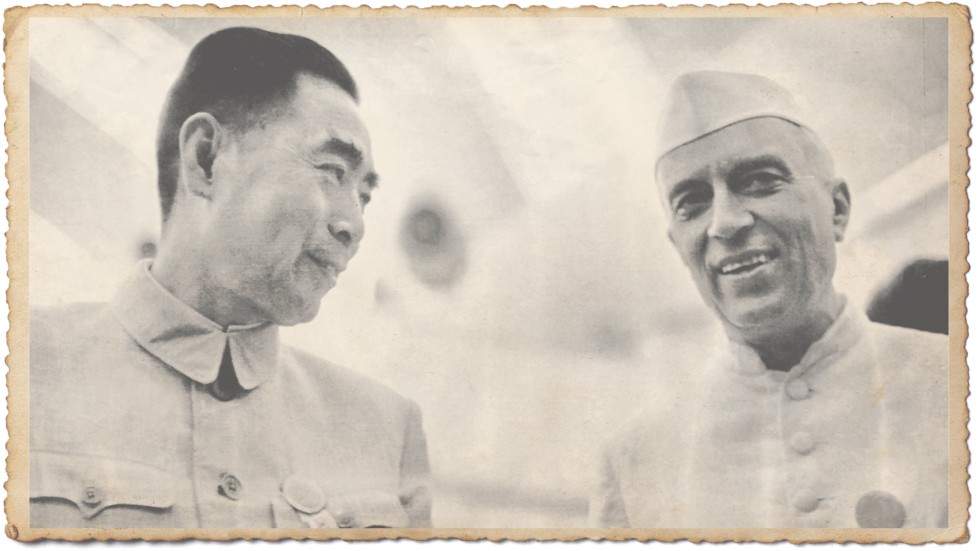James Jay Carafano
 The winds of change are blowing not from Beijing, but from Delhi. Trump should seize the initiative.
The winds of change are blowing not from Beijing, but from Delhi. Trump should seize the initiative.
From the Indo-Pacific to the Mediterranean, a diplomatic transformation is underway. The winds of change are blowing not from Beijing, but from Delhi. President Donald Trump has an opportunity to harness some of that power to help fill the sails of America's global leadership.
Times are Changing
The White House is expected to unveil its national security strategy some time later this year. There is no question that it will differ from George W. Bush and Barack Obama’s strategies. Bush leaned well into the headwind with a muscular strategy that tried to fix big problems. Obama tried the opposite, disengaging from global conflicts and competition. Trump looks to land somewhere in the middle—disinterested in regime change and nation building, but willing to push U.S. influence forward to safeguard vital national interests.
The main thrust of Trump’s strategy will be to reduce the potential for large-scale destabilizing conflicts in parts of the world where those interests are greatest. This will require reducing friction among big powers in Asia, Europe and the Middle East. The new strategy will also pay more attention to Central America, where pressure from transnational criminal networks and unregulated migration stress the U.S. southern border.



















